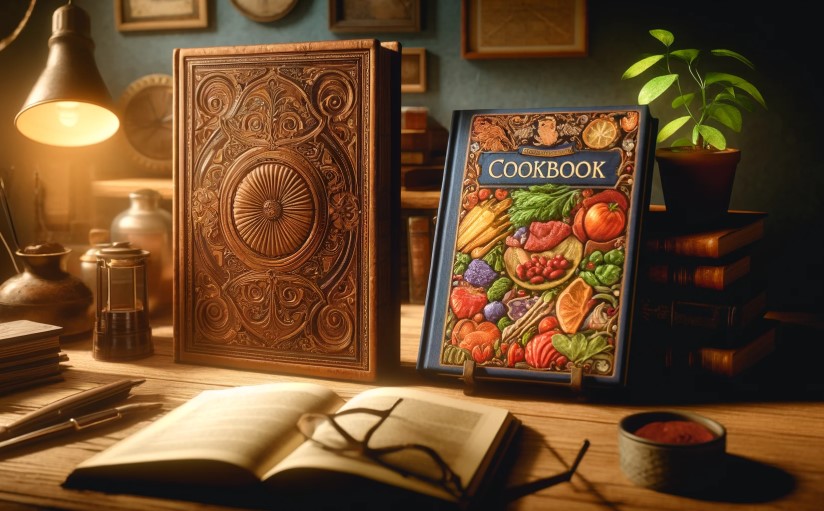I’ve used the words novel vs. book interchangeably, but did you know they’re actually quite distinct? Today, novels set the standard for literary works, but that wasn’t always the case. While books have been around since before 4000 BCE, the modern version of the English novel became popular in the 1700s, which might as well be yesterday in the grand scheme of human storytelling.
How can you identify the difference between a book and a novel, and why does it matter? We dive into the details so you never make this mistake again!

What Are the Differences Between Novel vs. Book?
A book has a lot of leeway in its definition, whereas a novel is a specific type of book. Think of it as a square versus a rectangle: Every novel is a book, but not every book is a novel.
For a long time, books were a bound collection of related writing. Today, you don’t need physical pages — electronic formats are just as much books as their leather-bound ancestors.
What turns a book into a bona fide novel? There’s actually a pretty well-developed set of criteria.
What Makes a Book a Novel?
The biggest difference between a novel and a book is content. Novels are always fictional, whereas books can be nonfiction. For instance, a collection of cooking recipes is a book, not a novel.
Of course, not every work of fiction is a novel. Short story anthologies aren’t novels because they lack an overarching plot. Even interconnected short stories don’t meet this requirement.
In an anthology, each short story must have a complete narrative structure:
- Inciting incident
- Rising action
- Climax
- Falling action
- Resolution
Some short story collections may strategically break these rules, but the stories themselves remain contained through point-of-view, location, time frame or some other narrative device.
Ray Bradbury’s “The Illustrated Man” is an excellent example. The framing device (the Illustrated Man’s tattoos) connects the stories, but each of the 18 tales has a defined beginning and ending.
Of course, the novel vs. book debate goes deeper than narrative structure. The publishing industry further categorizes literature based on the word count:
- Short story: 10,000 words and under
- Novellette: 7,500 to 17,000 words
- Novella: 10,000 to 40,000 words
- Novel: 40,001 to 120,000 words
- Series: over 120,000 words
Various genres have different expectations for novels. For example, a romance novel tends to be shorter than a fantasy novel. But these guidelines generally hold true. Audience expectations dictate the differences between genres, as readers used to a particular length may skip an overly long or short novel.

Should You Say Book or Novel?
You should call literature a novel if it’s fiction and has over 40,000 words. Anything else doesn’t fall into the narrow definition of a novel.
Keep in mind that not all books contain writing. Art books, graphic novels and fashion books may have some writing but focus on visuals. The publishing industry still calls these tomes books, as they’re collections of pages.
Where Can You Learn More About Novels vs. Books?
Now that you understand the fundamentals of novels vs. books, you can define your own writing! Take a look at this guide discussing word count to learn more. What else would you like for us to discuss? Leave a comment below!


Leave a Reply